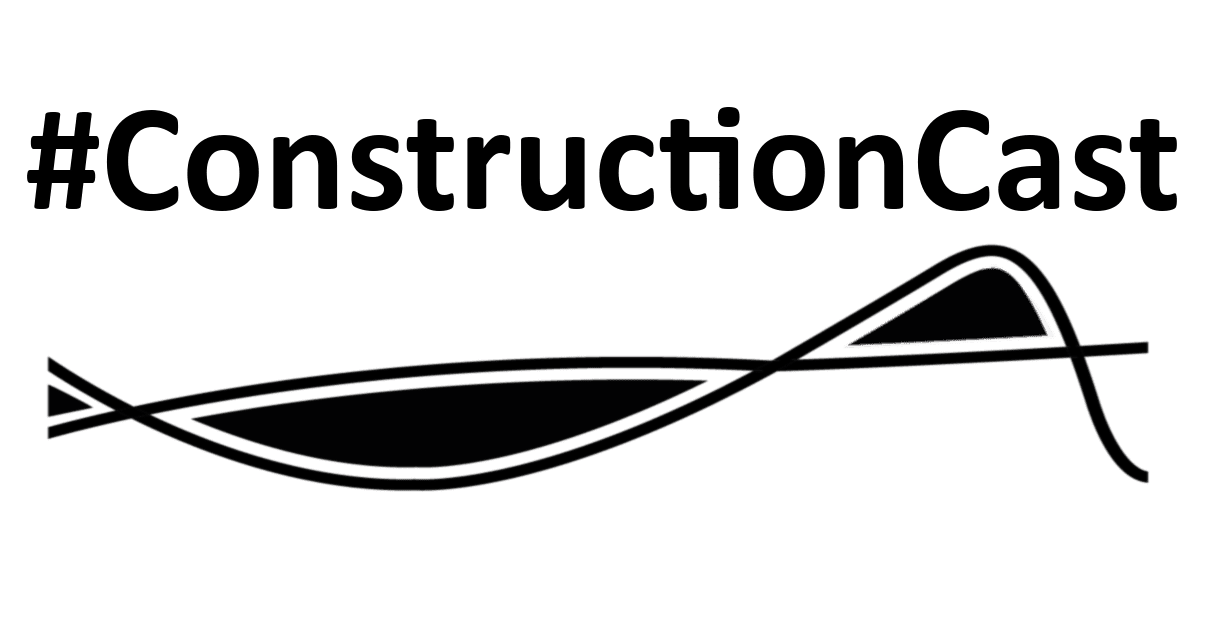We took a fascinating journey this week into the world of infrastructure, risk and rail. Panellists included Gareth Dennis – Author and rail engineer, Rebecca Gabriel – head of risk at HS2, Raj Sanghera of Homes England, and Martin Burns, the head of alternative dispute resolution at the RICS. Watch the video, or read our write-up below.
Why HS2?
Gareth explains that the purpose of HS2 has, arguably, been poorly explained by the government. The railway covers so many different purposes, passenger, long distance, freight, etc. Long-distance high-speed services eat up most of the capacity because of the gaps needed to allow the fast train to run without catching up to slower services. If you take those high-speed trains onto their own railway, capacity appears for local stopping services and slower freight services. The need for new infrastructure is to tackle so many issues beyond just ‘speed’.
HS2 video explaining the capacity needs for railways in the UK.
A Middle-Class Perspective?
Gareth notes in response to the argument that we should now be working from home, there are people who cannot do this long-term. People who use the train are also more likely to be women, people of colour, those on low incomes. These people rely on public transport to get to work. We also have the climate change challenge. 90% of travel (much of it freight) is by road. We need to reduce that, move more to rail, and create a sustainable transport network.
As an example, Gareth suggests counting how many trains pass through most local stations without stopping. When compared to those that stop, far more pass through without stopping. Increasing capacity means we will reverse that trend and allow more local services to provide better commuter and regional transportation links.
Out of Date?
We touch on the announcement that East-West Rail funding has been released for the Oxford to Cambridge rail link. But Gareth explains that this press release was actually announcing funding that had been released months ago. It also announced that the line will not be electrified. The cost of coming back and retro-fitting electrification would be enormous compared to if you did it at the time of building. It is good news it is being built but should we be cheering on a railway being built with out-of-date technology?
Risky Business
We asked Rebecca how a business like HS2 manages the many complex risks involved in such a large project:
We all know the huge scale of HS2. For Rebecca, it is fundamental to simplify things through standard best practices. They operate under the recognised principles of ISO 31000. However, the world has changed in the last year, so we need to stay dynamic.
There is a standard industry process for risk management, which involves 5 stages. They include: identify, assess, plan, respond, review. These are the standard practices, but Rebecca notes the need to be robust. Constantly reassuring ourselves, with layers of defence mechanisms. Costing – are we on track compared to similar projects? Knowledge – we talk to our peers and take on their advice and experience.
We also want to bring in innovation, so we use analytical tools to understand what the data is telling us. We use it to inform our decision-making process. Whilst it is simple and easy to understand, it is innovative and best in class.
What About Homes?
Raj explained to us the importance of infrastructure to the work of Homes England
Firstly, Raj introduces what Homes England do, as many people don’t know what they deliver. It is essentially, the Government’s housing accelerator. Homes England unlock difficult sites. The main driver is to deliver units (homes) to the markets as soon as possible. Examples include brownfield sites inside cities, with all manner of risks such as contamination and tight working within a site.
Another consideration is energy infrastructure. By 2025 we expect there will be no gas on site for housing. This is leading to shifting power requirements on sites. By removing gas, you perhaps triple the electricity requirements. Many greenfield sites are not near power lines, so you are looking at running cables for miles. The changing environmental landscape is leading to changes in risk profile and changes in planning and scheduling.
A risk to the bigger sites might arise if they need new roads and highways. The organisation may look at how roads can be planned into a project – but if (for example) HS2 is working in that area, then HS2 may take priority before we can come in.
A broader risk faced by the industry is the capacity for labour skills. In the central region, Homes England is delivering c.15,000 houses in the next ten years. This is going to take a substantial amount of labour and when added to the other projects taking place around the country the labour market is going to be limited.
Gareth made the point that you could throw all the money in the world at these projects. But you still wouldn’t have enough labour in the UK to deliver them, so progress is throttled by the available resource.
Why Are We Still Disputing?
We asked Martin about what is going on at the RICS to help deliver these projects successfully and how we might avoid or resolve disputes.
The key is good planning. The biggest risk to project financial success is disputes. Disputes causes a massive amount of delay and disruption and add immense cost to projects. In that early stage of the project, nobody wants to talk about disputes, people do not believe it will happen to them. Sadly, if that was true, Martin suggests, he wouldn’t have been in his role for the last thirty years.
Once people end up in a dispute, they look through their contracts to try and figure out how they’ve ended up there and what they can do. But by this point it is too late. Martin explains he has worked across many industries in his career, and construction has more disputes than any other. As a result of recent events, over the next couple of years, the Government is expecting a tidal wave of disputes. RICS has already seen a 25% increase in the last year.
RICS expects the government to look at how it can mitigate against these disputes. In the short term, we won’t be able to stop the tide, but will need to deal with them as well as we can.
Collaboration and Avoidance
However, in the long term, Martin wants to encourage a culture change away from a claims conscious attitude to one of greater collaboration. Parties need to actively work together to avoid disputes. The aim should be to deal with issues early and effectively. To some this may sound like pie in the sky, but we have already seen Network Rail and Transport for London engage in these measures and they are working. Once you implement the measures, the amount of claims that turn into disputes disappear.
The RICS have put into place a number of tools and measures to try to help reduce conflict and disputes on projects, including the Conflict Avoidance Pledge. Parties should, if possible, aim to adopt the principles of the CAP. Martin and RICS is taking the lead to push the pledge and help parties avoid disputes. Martin also mentions how the CAP aligns with the principles outlined in the Government’s, Construction play book.
Mythological
Finally, Gareth provides some helpful myth-busting on the environmental impact of the HS2 project and rail in general. He has done some work on the project so is very conscious of the very detailed efforts that have been made to minimise the environmental impacts. For example, where woodland cannot be avoided, the planners have taken every effort to minimise the amount of woodland removed. Wherever possible, the line takes routes through the narrowest sections of woods. The project is also one of the biggest habitat creation schemes in UK history, ensuring that while some countryside is used for the railway, more homes for nature are created.
Sincere thanks as always to all our excellent speakers, do join us for the next one!

